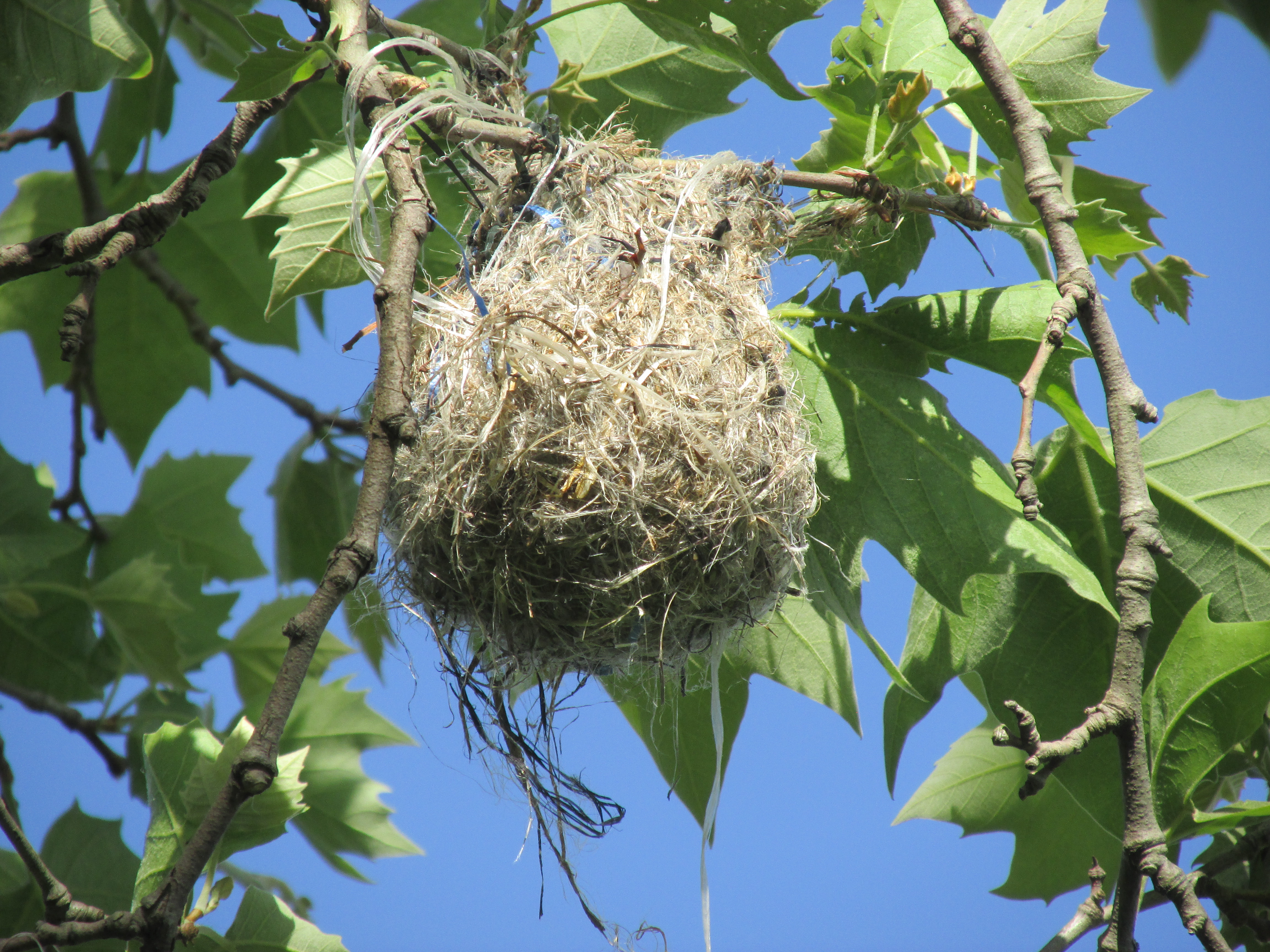Tonight I’m having one of those moments that remind me why I love birding so much: you just never know what you’ll find.
I’m pretty pumped right now, and didn’t plan on posting tonight, but wanted to share my excitement with you, my BirdNation friends :-).
It was perfect timing. I opened up my e-mail on June 17 to read my daily New Jersey Rare Bird Alert from ebird. And I got excited, because there was finally a rare bird in my county, only 15 minutes away. Just in time for my summer break to start.
Here’s the thing about the NJ Rare Bird Alerts. Most of what comes up is not in my county. And I mean they are not even remotely close. Many of the people reporting these rare birds live in North Jersey (I’m a South Jersey girl), so unless I drive a minimum of 2 hours (which is not happening) I will not see these birds. But I opened that e-mail, which told me there were Dickcissels in Laurel Run Park, and got excited. “I can go there, it’s up the road from Boundary Creek!”, I thought. And I had all the time in the world because I was on vacation! So the rare bird search began.
Laurel Run is a meadow habitat that is a square trail one mile long. It meets up with Rancocas Creek. I had never been there before, but Dave and I have driven past it a few times, wondering if it was just a field. Over the next few days we visited the park twice, and walked the loop 3 times.
No Dickcissels. “Oh well”, I thought, “at least we tried.” We did see some other good stuff. Mourning Doves, Red-winged Blackbirds, Barn Swallows, Yellow Warblers, an Indigo Bunting. We did figure out that we saw some Grasshopper Sparrows, which is a life bird for us. We saw a few things we didn’t recognized, but got a few pictures.
So tonight I was looking through those pictures. And that’s when the excitement started.
The Indigo Bunting…was not. It’s a Blue Grosbeak! It’s bill is so thick! Another life bird.

Then there’s Mystery Bird. I could not, for the life of me, figure out who this little guy was. Dave and I were thinking some sort of thrush maybe. I used all my field guides, and even my new Sibleys wasn’t being much of a help because I wasn’t sure where to look.

I resorted to Facebook. I posted my (not very good quality) photos on the New Jersey Birders group, and within 5 minutes got 3 responses: Juvenile Horned Lark. Other people in the group got excited about it too, and start sharing their pictures of the same Horned Lark.

And…that was not what I expected at all. But I’m so excited. I thought we didn’t see much at the moment we were there, but learned we did great! I didn’t see the Dickcissels, but I ended up with 3 new life birds and didn’t even know it at the time: Grasshopper Sparrow, Blue Grosbeak, and Juvenile Horned Lark.
And that’s one of the many (million) reasons I love birding. It’s better to go without expectations, because anything is possible. You just never know what kind of cool birds you might run into in the field 🙂




































